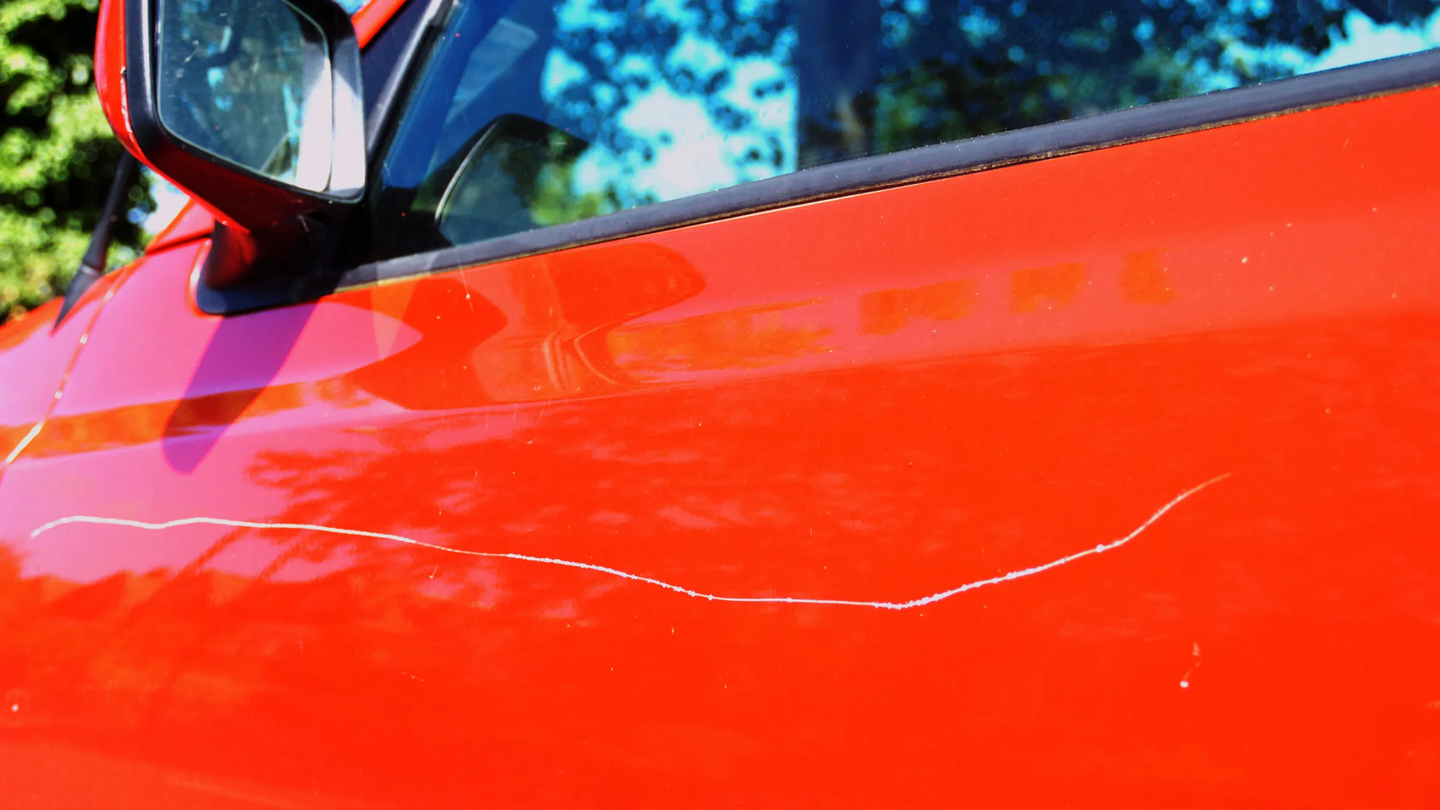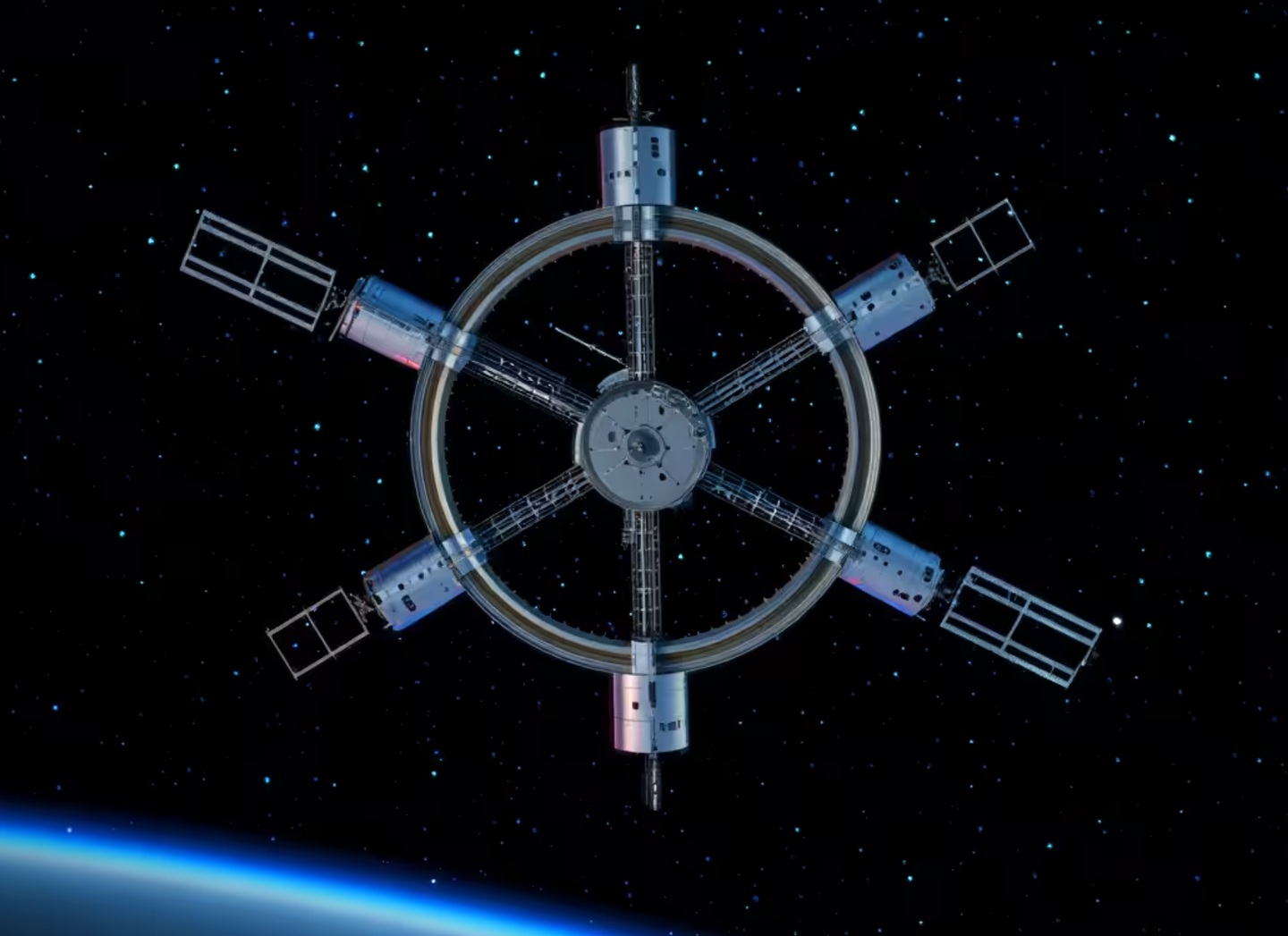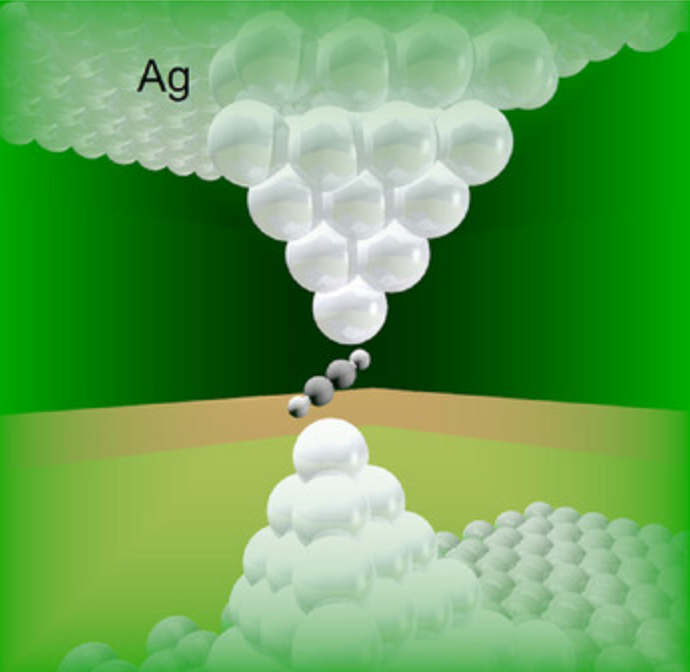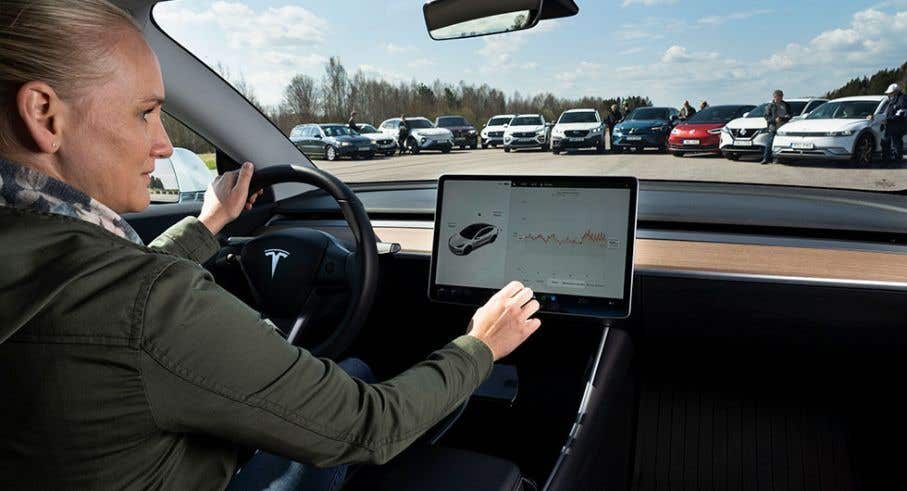Protective car coating can self-heal scratches in 30 minutes when exposed to sunlight
A transparent protective coating material that can be self-healed in 30 minutes when exposed to sunlight has been developed.

[Aug 15, 2022: Mira Lee, National Research Council of Science & Technology]
Protective coating materials should be colorless and transparent so that the original color of the product can be seen. (CREDIT: POWELL JOHN/ALAMY)
A transparent protective coating material that can be self-healed in 30 minutes when exposed to sunlight has been developed.
Excellent durability of automotive coatings is the most important issue in protecting a vehicle surface. In addition, protective coating materials should be colorless and transparent so that the original color of the product can be seen. However, it is difficult to provide a self-healing function while satisfying all of these conditions. Materials with free molecular movement have high self-healing efficiency, but have low durability, whereas materials with high hardness and excellent durability have remarkably poor self-healing performance.
The research team of Dr. Jin Chul Kim, Dr. Young il Park, and Dr. Ji-Eun Jeong of the Korea Research Institute of Chemical Technology (KRICT) has developed a transparent coating material that satisfies all of the above conditions and has similar performance to that of commercial protective coating materials and can be self-healed with only sunlight (Particularly near infrared light in sunlight, in the wavelength range of 1,000 to 1,100 nm).
Using the developed self-healing protective material, surface scratches can be healed in 30 minutes when exposed to sunlight. To demonstrate the self-healing performance of the developed coating material, the research team coated a laboratory-scale model car using a spray-coating machine. When the model car was exposed to midday sunlight for about 30 minutes, the scratch completely disappeared and the surface of the coating material was restored.
Related Stories:
Principle of the self-healing phenomenon: When sunlight is absorbed by the developed material, the surface temperature rises as light energy is converted into thermal energy. Subsequently, the increased surface temperature makes it possible to self-heal a surface scratch by repeating the dissociation and recombination of chemical bonds in the polymer structure.
To the existing commercial coating resin, the research team add a dynamic chemical bond(Hindered urea structure) that can repeat the decomposition and recombination of the polymer structure, and mixed it with a transparent photothermal dye so that dynamic chemical bonding can occur actively upon exposure to sunlight.
Although self-healing functions using photothermal dyes have been studied, previous studies were mainly based on inorganic materials that are difficult to apply industrially as the coating material should be transparent. In addition, inorganic materials require a large amount of light energy to produce a photothermal effect.
Self-healing mechanism of eco-friendly protective coating material for vehicles including dynamic polymer network and photothermal dye. (CREDIT: Korea Research Institute of Chemical Technology (KRICT))
The research team used transparent organic photothermal dyes that can absorb near-infrared light. Near-infrared light is a long-wavelength energy source that accounts for less than 10% of midday sunlight, and thus it can circumvent excessive increase of the vehicle surface temperature.
Self-healed surface of a model car after scratching when exposed to focused sunlight with a magnifying glass (upper) or to sunlight directly (down). (CREDIT: Korea Research Institute of Chemical Technology (KRICT))
In addition, organic photothermal dyes have several advantages for commercialization: they do not affect the product color due to colorless inherent color, easily blend with various paints, and are inexpensive.
The developed self-healing material is expected to be used as a coating material for transportation applications, electronic devices such as smartphones and computers, and building materials in the future. In addition, it is expected to contribute to the realization of carbon neutrality by reducing the use of harmful organic solvents, which are generated in large amounts when repainting vehicles.
Demonstration of the self-healing clearcoat (AP/HU-DID) on a model plastic automobile with a magnifying glass. (CREDIT: Korea Research Institute of Chemical Technology (KRICT))
This research was published as the supplementary cover of ACS Applied Polymer Materials, an international scientific and technological journal.
Dr. Jin Chul Kim from KRICT, the research director said, “The developed technology is a platform technology that synthesizes self-healing coating materials using both inexpensive commercial polymer materials and photothermal dyes. It is expected to be widely used not only in automotive clearcoats but also in various applications.”
Note: Materials provided above by National Research Council of Science & Technology. Content may be edited for style and length.
Like these kind of feel good stories? Get the Brighter Side of News' newsletter.



